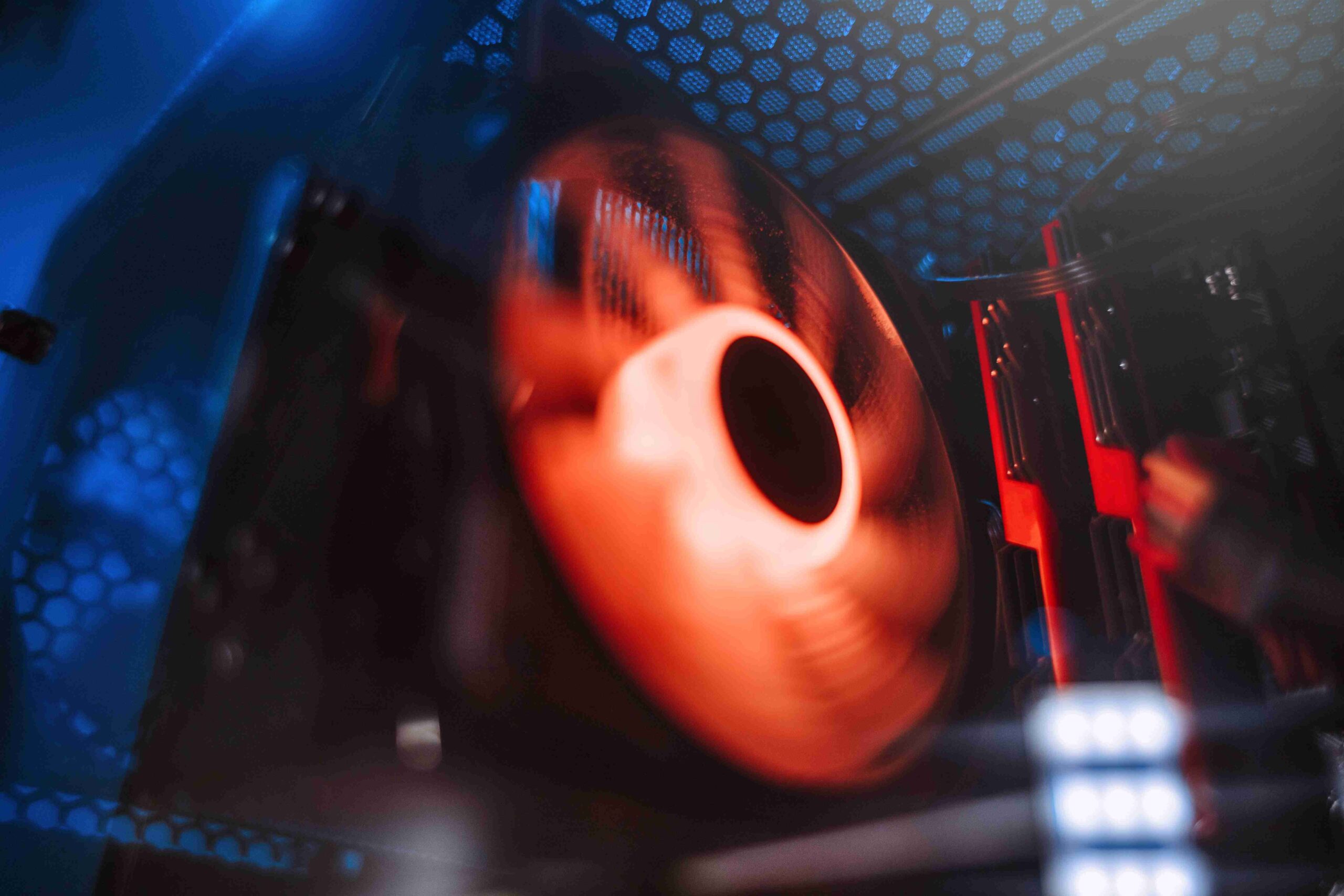Intel Faces $200M Patent Dispute with Microelectronics Institute
Tech news today is abuzz with Intel’s ongoing legal battle with the Microelectronics Institute of the Chinese Academy of Sciences over alleged patent infringement. This high-stakes dispute revolves around FinFET technology, a cornerstone in modern semiconductor design, with damages exceeding 200 million yuan.

The Roots of the Conflict
In 2018, the Microelectronics Institute filed a lawsuit claiming Intel’s Core series processors infringed on their patented FinFET technology. This patent pertains to semiconductor device structures and their manufacturing processes. The plaintiff sought an injunction and substantial compensation for damages, citing the widespread use of the FinFET process in Intel’s processors since 2011.
Intel responded by challenging the patent’s validity. Multiple invalidation attempts were filed both in China and the United States, but all efforts have so far been unsuccessful. The FinFET patent has demonstrated extraordinary stability through rigorous reviews, highlighting the strength of Microelectronics’ claims.
The Implications for Intel
A potential loss, in this case, could have severe consequences for Intel. The company may face hefty financial penalties and operational disruptions, including restrictions on its iconic Core processor line. In China, where the lawsuit originated, such bans could severely impact Intel’s market presence.
This case also involves Intel’s key partners, such as Dell and JD.com, who have sought compensation from Intel to cover potential liabilities. Intel has pledged to indemnify these partners, signaling the significant financial stakes involved.
A Broader Patent War
This FinFET dispute is just the tip of the iceberg for Intel. In 2019, Microelectronics filed additional lawsuits targeting Intel’s Core i3 processors for alleged infringement on MOSFET technology. These lawsuits further emphasize Microelectronics’ robust patent portfolio, which includes over 5,000 applications in China and a track record of successful enforcement against major global players.
What’s Next for Intel?
Intel’s options are narrowing. With its invalidation attempts failing, the company may need to explore settlement negotiations, albeit at a significant cost. Meanwhile, Microelectronics is leveraging this case to protect its intellectual property and promote patent commercialization.
This dispute underscores the increasing importance of intellectual property in the tech industry. As Intel and Microelectronics lock horns, the outcome could set a precedent for future patent cases in the semiconductor sector.
With both sides deeply entrenched, this legal saga is far from over. Stay tuned to tech news today for the latest developments in this landmark patent dispute.
